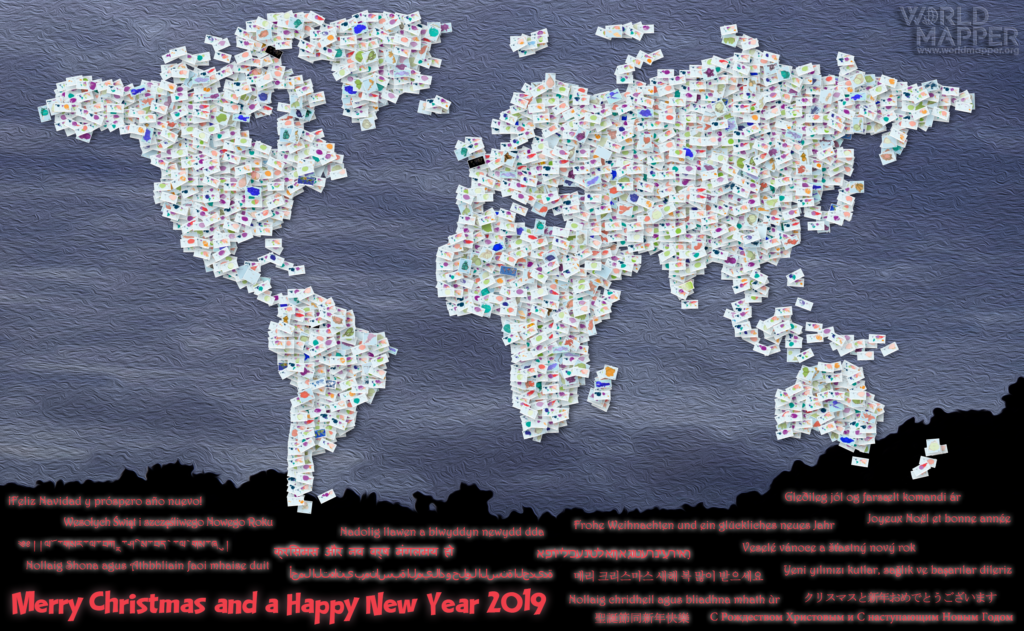Approximately half the population of Germany lives in the 30 major urban German agglomerations, such as Berlin, Hamburg, Munich (München), and Cologne (Köln) but also in smaller cities including Münster, Freiburg, Leipzig, and Dresden. These urban regions (Stadtregionen) are also major analytical units of the Federal institute for Research on Building, Urban Affairs and Spatial Development (BBSR) within the Federal Office for Building and Regional Planning that advises the Federal Government in the fields of spatial planning, urban development, housing and building. Therefore, these regions that cover approximately 32 per cent of the built-up area used for settlement or transport infrastructure are of particular interest in understanding urban dynamics in Germany in a regional and national context (Baumgart et al, 2016).
Category Archives: maps
Fortress Europe?
Featured
 “The right to asylum shall be guaranteed with due respect for the rules of the Geneva Convention of 28 July 1951 and the Protocol of 31 January 1967 relating to the status of refugees and in accordance with the Treaty on European Union and the Treaty on the Functioning of the European Union.” Article 18 of the EU Charter of Fundamental Rights outlines the European Union’s legal framework for its asylum policies that have come under intense scrutiny and political pressure since the height of the significant number of refugees trying to literally reach the shores of the continent from conflict zones in Africa and the Middle East. While refugee numbers went down again to pre-2015 levels and below due to considerable political interventions, the political debate has not disappeared and continues to heavily influence European politics including major shifts towards the right end of the political spectrum in many member states. In an article for the “In Focus” section of Political Insight (September 2018, Volume 9, Issue 3) I looked at recent developments in Europe’s “refugee crisis”. Continue reading
“The right to asylum shall be guaranteed with due respect for the rules of the Geneva Convention of 28 July 1951 and the Protocol of 31 January 1967 relating to the status of refugees and in accordance with the Treaty on European Union and the Treaty on the Functioning of the European Union.” Article 18 of the EU Charter of Fundamental Rights outlines the European Union’s legal framework for its asylum policies that have come under intense scrutiny and political pressure since the height of the significant number of refugees trying to literally reach the shores of the continent from conflict zones in Africa and the Middle East. While refugee numbers went down again to pre-2015 levels and below due to considerable political interventions, the political debate has not disappeared and continues to heavily influence European politics including major shifts towards the right end of the political spectrum in many member states. In an article for the “In Focus” section of Political Insight (September 2018, Volume 9, Issue 3) I looked at recent developments in Europe’s “refugee crisis”. Continue reading
A Year Of Maps
2018 has seen the new Worldmapper come to light, which is also why this blog has become a bit more quiet in recent months. This year’s Christmas greetings show a collage of the 569 new maps that we have published on Worldmapper since its launch in April:
 Continue reading
Continue reading
The Diamond Dimensions
Featured
Due to its distinct geologic conditions for their formations, the occurrence of diamonds is confined to around 35 countries in the world. While countries such as Australia, India, or Canada focus more on mining industrial diamonds, African countries such as Botswana and South Africa are better known for their production of gem diamonds. Diamond mining activities in many African countries are often also linked to conflicts and controversial human rights conditions.
According to data collected by the Kimberley Process Certification Scheme (KPCS), which covers an about 99.8 per cent of global diamond production, 134 million carats of diamonds worth US$ 12.4 billion were produced in 2016. This most recent figure is slightly up from the average annual production since the start of the financial crisis in 2008.
Gender Inequality in the European Union
How are the EU member nations faring in the fight for gender equality? It is a complex task to measure the progress that has been made in achieving equal gender rights. The Sustainable Development Goals provide a framework for the global level that is targeted at the most pressing issues of gender based discrimination. In addition to that, national governments as well as trans-national organisations such as the European Union have started concerted efforts to better understanding progress that is made in the different areas that relate to gender equality. This is often linked to developing new policies that aim to improve the situation in the different areas where gender issues matter.
The European Institute for Gender Equality has developed a Gender Equality Index that provides a measure for comparing member states over time in a range of areas relevant to European policymaking. The advantage of using an index is the possibility to use a single measure to monitor and track overall progress between the different countries. The combination of different indicators therefore does not prioritise a single issue of gender rights, but aims to support overall progress as an integrated challenge for achieving real change in thinking.
Language Diversity
There are approximately 7,000 languages believed to be spoken around the world. Despite this diversity, the majority of the world’s population speaks only a fraction of these languages. The three largest language groups (Mandarin, Spanish, and English) are spoken by more than 1.5 billion people. Other estimates state that 2/3 of the world’s population share only 12 languages.
But it is the diversity of the languages spoken by the few that makes language a remarkable cultural phenomenon. It is estimated that about 96 per cent of the languages are spoken by only 3 to 4 per cent of the people. 2,000 of the world’s languages have less than 1,000 native speakers.




